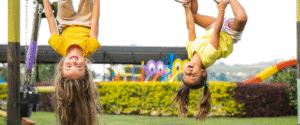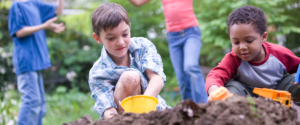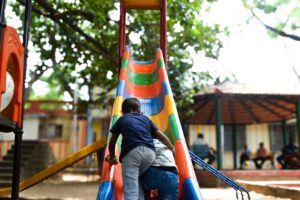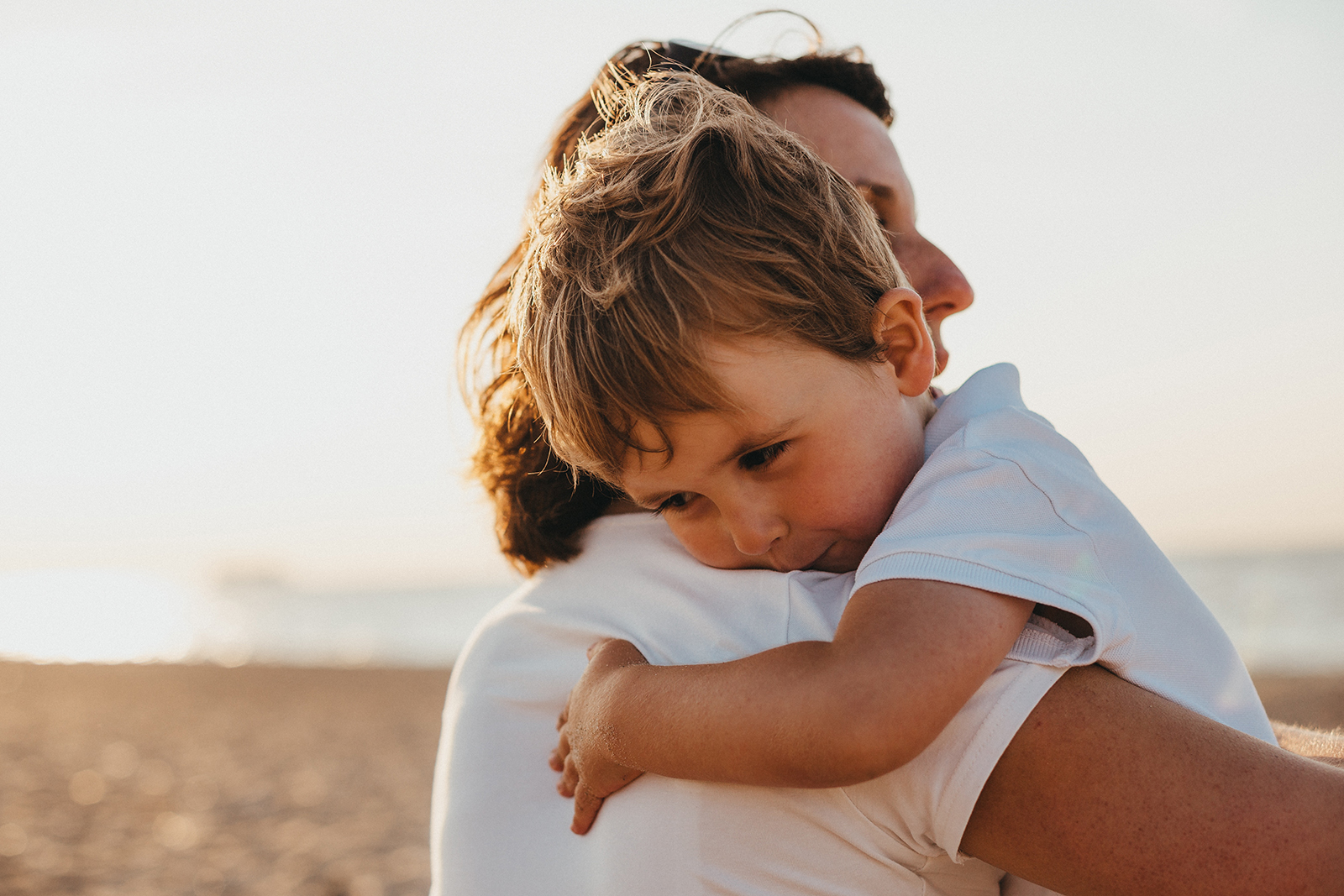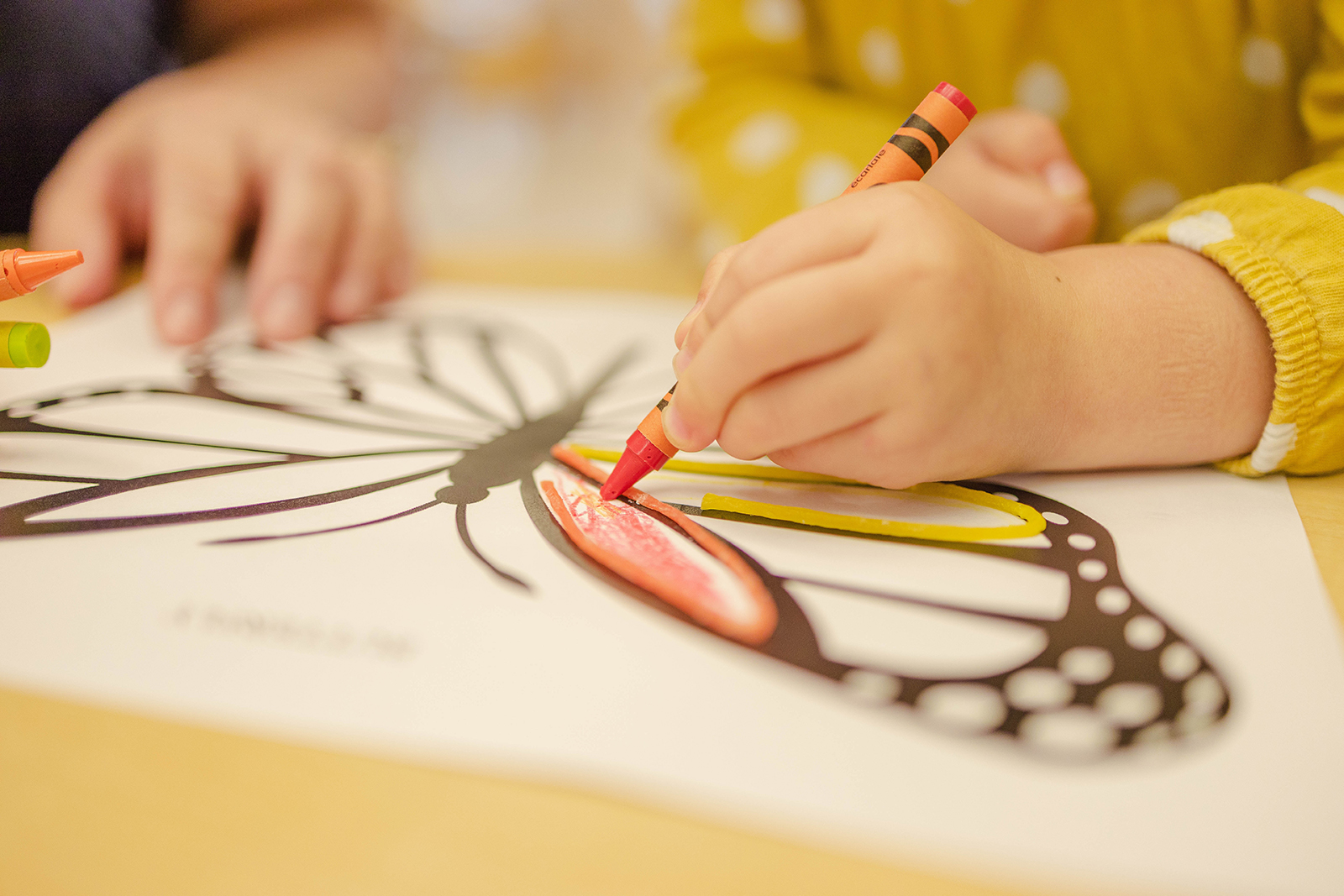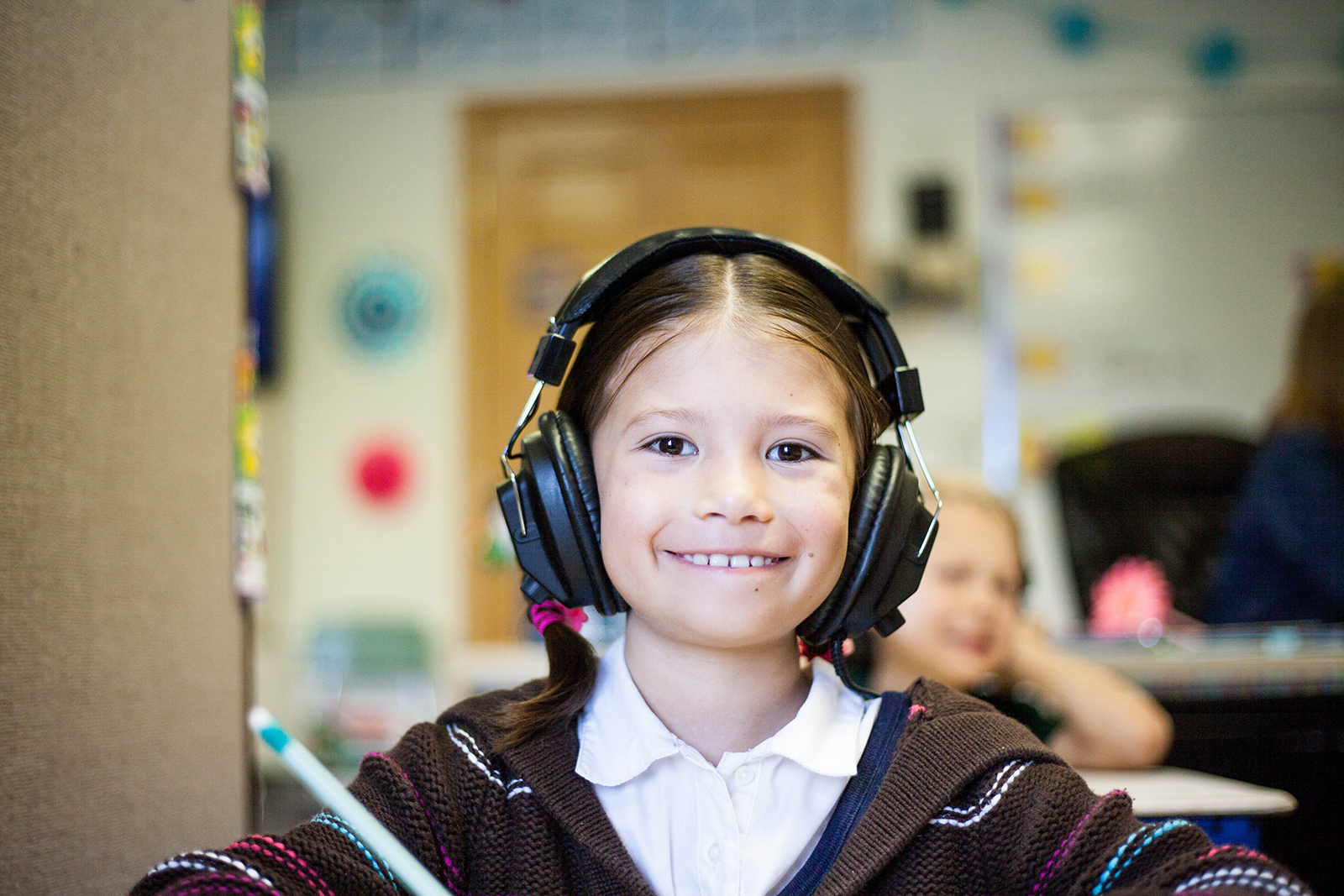
TOOLS TO SUPPORT OUR EMOTIONS
A common ask from our families is help regulate their child’s emotions.
As the new year is still fresh and we are all working hard to settle into the new routine of life, the big transitions or changes that have taken place, a common theme I’m hearing among our families is Emotional Regulation.
This allows a lot of reflection in how we explain emotional regulation, what it means and how we show up. Over the last 3 years, we have explored what emotional regulation is, The Emotional Regulation Continuum and Safety & Connection, they are all essential to every stage of development and emotional awareness.
What is Emotional Regulation?
Emotional regulation refers to an individual’s ability to recognise, process and act upon the emotions that they feel within different situations on a regular day. It is one’s ability to adjust and control their energy level, emotions, behaviours, and attention to allow for success in connecting with our loved ones and engaging in our daily lives.
Emotional regulation is a continuum, constantly changing
Emotional regulation is vital as it impacts not only our confidence and sense of self but also our ability to interact, develop and maintain relationships with others. As a whole this includes how we talk, listen and act towards others when we are presented with some form of physical, mental, or emotional stimulus.
How does Explore and Soar support our clients?
At Explore and Soar, we describe this as our band of arousal. Within sessions, we work with our families and children to identify their optimal band of arousal (where they feel most comfortable and safe) and work closely with them to expand their optimal band to increase flexibility, adaptability and often more capacity to deal with daily stressors.
We do this by
- Strengthening and developing co-regulation and self-regulation skills,
- Supporting recovery times and processing,
- Increasing time spent in optimal,
- Increasing self-awareness, and
- Developing the foundational skills of perspective taking and empathising for social development.
The word ‘safety’ can be more deeply explained by Dr Stephen Porges, a pioneer in the field of neuroscience and one of the world’s leading experts on the autonomic nervous system. Dr Porges states that we all have an innate need for safety that is wired into our beings and that when we feel emotionally unsafe, our nervous system goes into a state of defence, creating our fight, flight, fright, or freeze responses.
As occupational therapists when working with our clients and families, we begin by establishing what safety looks like for each family, so we can adapt our therapeutic practices in the most efficient and successful manner. Before any goals can be targeted or reached, it is essential for a sense of safety and security to be built between our client and their therapist.
Being ‘Emotionally Vulnerable‘ to feel Safe
This year, from our previous blog, we are embracing Safety for Vulnerability; focusing on the path of true human connection with the ability to express thoughts, feelings, desires and opinions with yourself, your children, and others around you.
Vulnerability is consciously choosing to not hide emotions and to be present
Vulnerability is about opening up to emotions and becoming comfortable with the uncomfortable. This allows for emotional safety, allowing feelings and emotions to the surface.
As Brene Brown states “Vulnerability is the birthplace of love, belonging, joy, courage, empathy, accountability authenticity”.
In the sense of emotions, we cannot teach someone to be resilient, curious or to connect. However, we can model this and help to script what this might look like by creating a safe environment for the process to unfold. A child who feels safe, knows that they can express their emotions because they will not be judged for having them. It allows them to be who they really are with anybody. Being able to play ands are in fun positive experiences, as clinicians we establish safe relationship and connections in order for us to being tailoring the therapeutic practices to each child.
Explore & Soar’s Therapeutic Tools
DIR Floortime
DIR stands for the Developmental, Individual-differences, & Relationship-based model. It was developed by the late Dr. Stanley Greenspan to provide a foundational framework for understanding human development.
The ‘Floortime’ aspects refers to getting down on the floor, interacting with the child on their level and taking their lead in play.
D – Development
This is where we look at how the child is developing, emotionally and cognitively. Establishing a firm understanding of how the child is performing in relation to a model of “Shared Attention and Regulation”. This is a foundational pillar that child needs to master beginning at birth.
I – Individual Difference
The unique ways each person takes in, regulates, responds to, and comprehends the world around them. Understanding the child’s particular pattern of challenges is essential for helping them. These differences can include sensory processing, motor planning or daily living skills.
R – Relationship
This is how relationships fuel our development. Humans are social beings and relationships are vital to our human development.
This approach assists caregivers in developing their relationship with their child, so they can be effective in helping the child learn and grow. The approach also aims to ensure that the child is developing meaningful relationships with peers and siblings. to build healthy foundations for social, emotional, and intellectual capacities rather than focusing exclusively on skills and isolated behaviours.
Greenspan, S. I., & Wieder, S. (2006). Engaging autism: Using the Floortime approach to help children relate, communicate, and think.
Womb Space
The in-utero was predictable, constant, and safe, designed for growth and development of the baby. This is In contrast to the complexity of our sensory world, where we know our children can become overwhelmed with sounds, visual stimuli, and fatigue to name a few.
A womb space is a small, enclosed area that reduces the amount of visual and auditory stimuli in the child’s environment to promote reorganization and self-regulation. It is a therapy tool often used to support children to feel safe when overwhelmed. it is a therapy tool often used to support children to feel safe when overwhelmed.
A child may independently seek out a womb space, or you can passively facilitate one to help them reorganise. Womb spaces can be temporary or semi-permanent, depending on the situation or environment.
It is a combination of reduction of sensory over stimulation, physical connection, gentle movements, being present and consistent. Ways in which we can create womb space include tents, blanket forts and lycra tunnels, reduced light, foetal positioning, music, respiration and singing.
The provision of womb space allows time to adapt to the intensity of the sensory world.
Holding Space
Holding space means being physically, mentally, and emotionally present for someone.
This involves putting your focus on the individual to support them as they feel their feelings. It is not about dampening or changing the emotion. An important aspect of holding space is managing judgment while you are present. This sets the tone for curiousness and judgement-free interactions, opening way to safety for vulnerability.
In this interaction, minimal to no words can be used, being present is enough and wait for them to show you what they need to support their emotions. Being present for each person is different, for one person it might be in a hug, for another it might be side by side or across the room.
The holding space concept is very powerful, asr the physical space between you does not matter. The other person’s ability to hold space emotionally, mentally or spiritually is enough to allow for calming.
Have you ever noticed anyone holding space for you when experiencing your emotions?
Therapeutic Use of Self
At Explore and Soar, the way in which we interact with children and families is built on the foundational beliefs of the value of humanity and the importance of being able connect.
To create feelings of calm, safety and support we use our powerful and individual therapy tool ‘Therapeutic use of self’ in all interactions. It is a therapist’s conscious efforts to optimise interactions with clients through the use of personal characteristics, which are of benefit to the therapeutic relationship. Conducting ourselves in this way that one becomes an effective tool in the intervention process.
In essence, it is being aware of yourself in terms of verbal communication, body language, eye contact, our own regulation and overall presence to build trust and comfort. To use yourself therapeutically, you must first be aware of your interactions with the child to then be able to adapt them to suit their needs.
Being Kind to yourself!
The process of working through and understanding what it truly means to create safety for vulnerability can be overwhelming. Its acknowledging yourself and others with the complexity of emotions we all have. It is human nature to avoid the uncomfortable, painful, or scary emotions.
Just know, we are here with you along the journey.
“Vulnerability is not a weakness; it’s our greatest measure of courage.” Brene Brown.
Greenspan, S. I., & Wieder, S. (2006). Engaging autism: Using the Floortime approach to help children relate, communicate, and think.
Until next time,
Maddie
ORIGINALLY PUBLISHED FEBRUARY 27, 2023

